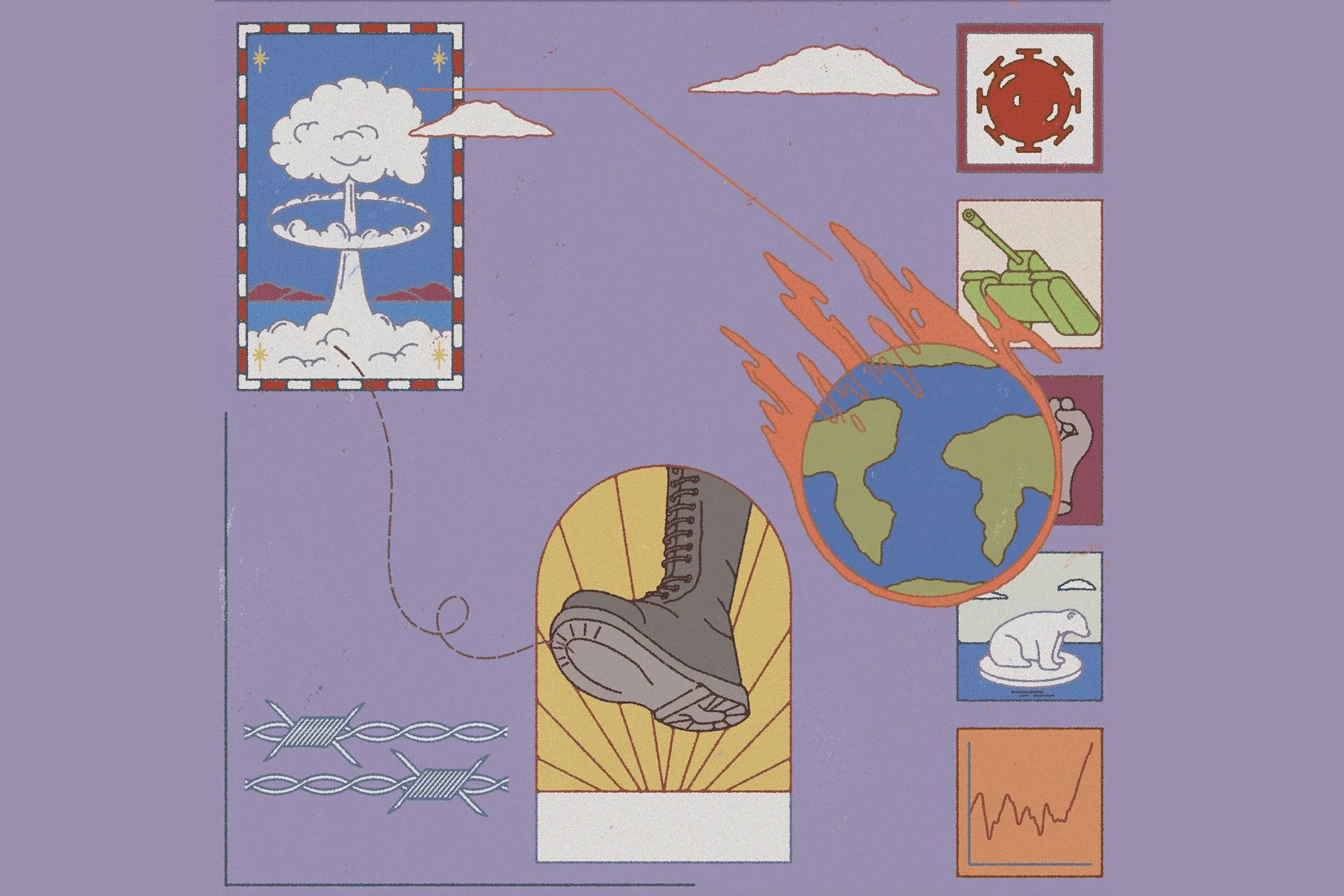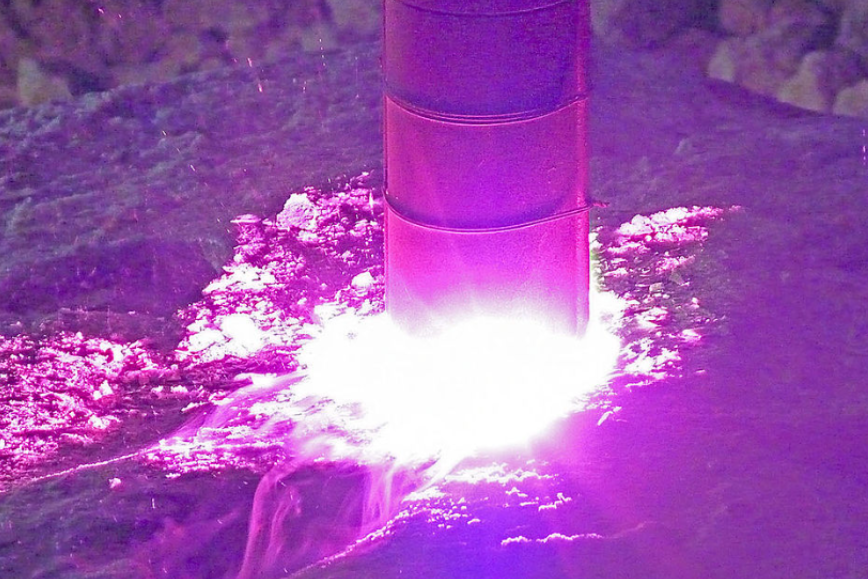by Thomas Homer-Dixon
On July 18, the National Petroleum Council delivered a blockbuster report to the US Secretary of Energy. The council advises the US federal government on energy issues. Chaired by Lee Raymond, the hardnosed former CEO of ExxonMobil, it’s composed largely of representatives of the U.S. oil and gas industry.The council’s report—entitled Facing Hard Truths about Energy—assesses the “future of oil and natural gas to 2030 in the context of the global energy system.” Its 400 pages reveal a major shift in the energy industry’s publicly stated views about humankind’s energy prospects: We’re running out of cheap oil. The same shift is apparent in another report also issued in mid-June by the Paris-based International Energy Agency. This one covers trends in oil supply and demand till 2012.
As oil prices have soared in recent years, the bosses and boffins of big oil have told us not to worry. Oil may provide 40 percent of the world’s commercial energy and over 95 percent of our transportation energy, but higher prices and the magic of markets will lead to discovery of new oil and gas fields, better extraction from existing fields, and greater exploitation of unconventional sources of oil (such as Alberta’s tar sands). Capitalist entrepreneurship will keep our industries humming, gas tanks full, and, ultimately, energy prices low. So they said.
But this comfy optimism has transmogrified into deep worry. The IEA report says bluntly that high oil prices will be with us for a long time. The culprits: surging oil demand in rapidly industrializing India and China, steady growth in demand in already rich countries, and constraints on global conventional oil supplies.
The analysis of oil demand in both reports is familiar, and it implies that only a global recession will bring oil prices down sharply. But it’s the reports’ analyses of oil supply that have raised eyebrows.
Neither report endorses what is know as the “peak oil” view, but both take it seriously and discuss it at length.
Peak oil theorists (full disclosure: I put myself in this camp) don’t say we’re running out oil, except in the trivial sense that we started running out of this finite resource the moment we started pumping it from the first well in Pennsylvania in 1859. They say, instead, that we’re running out of the cheapest oil—that is, pools of high-quality conventional oil that are large and close to Earth’s surface.
Exploration companies will increasingly have to drill deeper in more physically challenging environments (in ultradeep water far offshore, for instance) to find smaller pools of lower-quality of oil.
Experience in mature oil-producing regions around the world shows that output starts to decline when about half a region’s total recoverable oil resource has been pumped out of the ground. Even large investments in more drilling and fancy recovery technology generally can’t reverse the trend. For this reason, peak oil theorists believe the critical moment in our global energy transition will occur when about half the world’s total conventional oil resource has been pumped.
There’s general consensus that humankind has consumed about 1 trillion barrels of oil since 1859, but there’s much disagreement over how much recoverable oil is left. Officials from the oil industry and quasi-government agencies like the IEA generally put the remaining amount at about 2.5 trillion barrels; peak oil theorists say it’s about 1 trillion. In other words, peakies believe the world is very close to a maximum of global conventional oil output.
What do the two reports say about these issues? The NPC hesitates to take a firm stand on the amount of oil left: it simply presents the range of credible estimates and suggests that they’re surrounded by so much uncertainty that it’s impossible to know for sure who’s right. But it then cites several studies arguing that output from countries that aren’t members of OPEC—output that accounts for about 60 percent of the world’s total—will start declining after 2015. And buried deep in the report is perhaps the most important statistic of all: In the view of many analysts, 80 percent of today’s oil production will need to be replaced in the next 25 years.
The problem here is the decline of existing oil fields, and it’s a problem that gets very little public attention. Not only does the oil industry need to steadily increase total output to meet the world’s voracious appetite for oil—by at least 50 percent in the next 25 years—it must also replace output that vanishes as existing fields get old.
Here the IEA statistics are startling. The agency calculates that non-OPEC fields have an average decline rate of 4.6 percent a year, with some fields—including many recent deepwater developments—declining at a stunning rate of 15 to 20 percent a year.
Because of the combined decline of both OPEC and non-OPEC fields, the oil industry must find new sources every year that produce about 3.2 million barrels of oil a day—or about 4 percent of world output—just to keep global production from falling.
Can the industry fill the gap between declining existing production and rising future demand? Perhaps, but it’s going to require trillions of dollars of investment in exploration, pipelines, and refineries.
And, we shouldn’t place too much hope in unconventional sources of oil, like the tar sands. The NPC predicts that unconventional oil will make up only about 10 percent of total world oil production by 2030.
The bottom line of both reports is the age of cheap oil is ending. We need to prepare for sharply higher energy prices beyond 2010.






